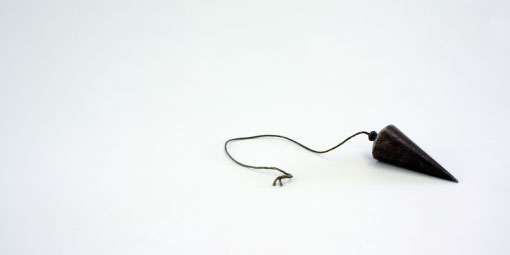
“As for me, I will disappear into the parade of things” (Allan McCollum: „Perfect Vehicles“)
From an anthropological point of view humans shape the world through the things they create and by doing this they manifest their vision of the world. In return this anthropogenic world reflects us and shapes our actions. A reciprocal relationship between human being and thing emerges of which we quite often remain oblivious of in our everyday routines.
Things withdraw behind their function and become invisible in their obviousness. As soon as they reach beyond their function in everyday life they step back into the focus of attention and develop an autonomous character. The things‘ potential and capacity to act is made visible by the artworks shown in this exhibition.
There will be a publication accompanying the exhibition. The project is kindly supported by Kunststiftung NRW.


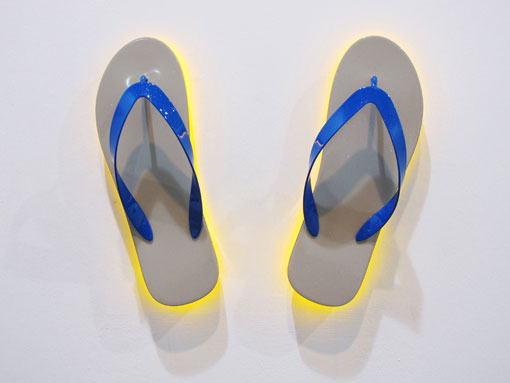
Kaifeng Chun is interested in mapping the day-to-day. He regularly makes works based on ordinary urban elements which exist in the background of a city. The works are made with industrial techniques and materials and cohere to a personal formal sculptural regimentation. These abstracted urban objects are composed to form a space charged with narrative potential. In Not Much to See a pair of flip-flops is elevated to an almost iconic status backlighted by LEDs which form a halo-like frame around the objects.
www.studiochunkaifeng.com
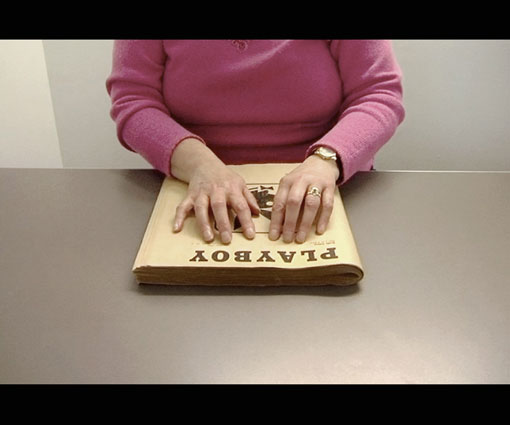
This film interrogates issues of femininity and gender relations in both the visual arts and popular culture. On one level, it captures the female touch reading the male gaze, and as such it interrogates and reconstructs prevailing relations of representation. The film also prompts dialogue between touch and the spoken word, seeing and projected fantasy, and text and image. Viewer and Braille reader work in collaboration - each relying on the other to create and complete the work.
www.carolinedouglasphotography.co.uk
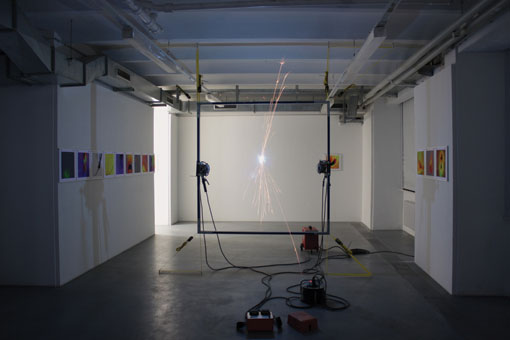
Marcel Große’s work, Circle-Accelerator II, is a bizarre scientific test apparatus in which every step of the experiment is openly displayed to the viewer, opening the process up to a variety of contextual interpretations. Gradually, electric tension is transformed from electric arcs into picturesque photographs, each digital print capturing a specific and unique moment in the process.
www.marcel-grosse.info
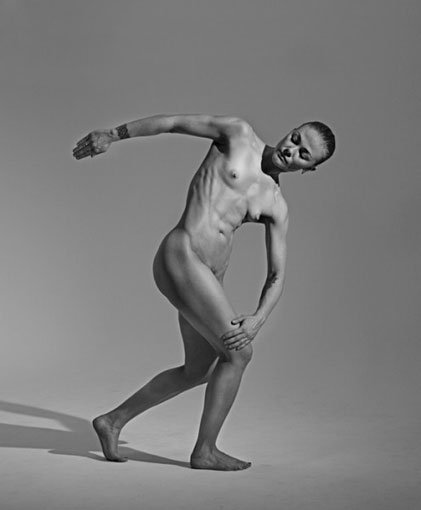
Lea Gulditte Hestelund’s artistic practice operates at the intersection of human body and its own fetishisation. For Körper 2.0, she transformed her own body into that of the classical discobulus ideal over the course of a year, thereby referring not only to cultural practice and contemporary ideals of beauty, but also to the body as a discursive site in a fitness-oriented society.
www.leagulddittehestelund.dk
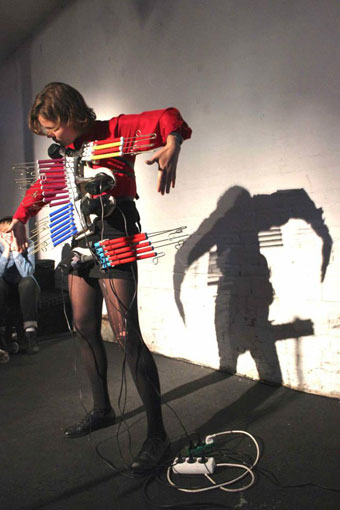
Using various forms of enhancement and distortion, Ragnhild May’s installations and performances investigate the various levels of background noise that emanate from everyday objects. She frequently combines commonplace objects with motors, like connecting flutes to ‘motor-driven organs’ to generate strange and remarkable sounds.
www.ragnhildmay.com
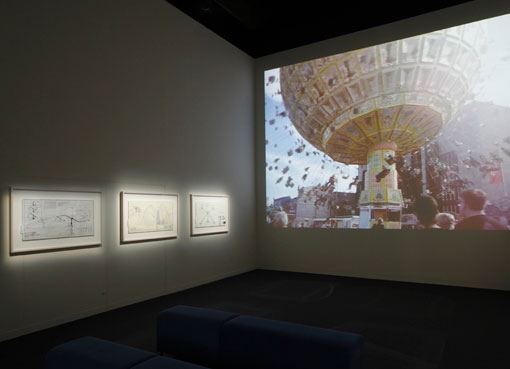
The Experience of Fliehkraft is a series of seven fictitious construction plans of physically impossible amusement rides in combination with seven short video clips. In today’s fun parks people are spun around by gigantic robots – which seem to be caricatures of civilisation and an expression of our desire to escape. We humans are constantly looking for bigger, better, faster solutions to satisfy our desires, but we never arrive at a limit – it is an endless search.
www.tillnowak.de | www.cfca.de
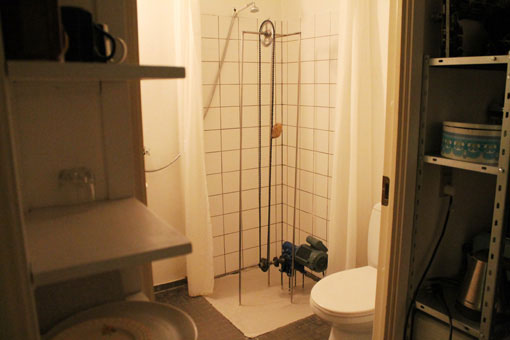
A four-legged machine makes a deafening noise, as it, in an indolent manner, drags a pendulum over the bed sheets of a queen-sized bed.
The machine is one of three residents inhabiting a small one-room apartment in Vesterbro, Copenhagen. Sculptural situations unfold, as the residents search for a sense of place.
www.christineovervad.dk
The work consists of four objects: a helmet, a belt and leg-weights function as a homemade diving suit while an underwater shovel is used for gathering material from the ocean floor. The suit was used to walk at the bottom of the ocean off the coast of Copenhagen in search of a specific type of snail shell that deviates from the norm – a phenomenon that is barely existent. It is the second dive in a series of three where the artist is truly confronted with the powers of the ocean.
www.emiltoldbod.dk
Wearing her homemade ‘thinking cap’ and pocket-sized ‘black hole,’ Nisrek Varhonja bounces through the exhibition spaces of Künstlerhaus Dortmund as part of her installation The Black Hole. Several TVs are scattered throughout the spaces, and the artist pops up in one device and then disappears only to materialize again in a different device at a different place.
www.nisrek-varhonja.com